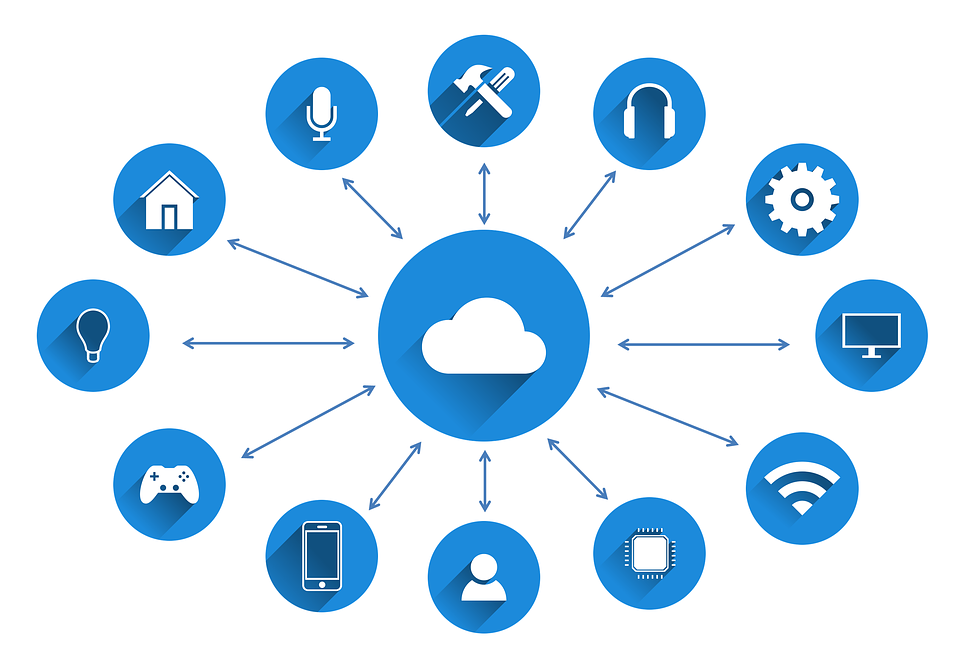
Technology Responding to New Needs: Hybrid Cloud Technology

With the rapid development of cloud technology, companies have started to invest in this field. But, of course, the increase in the results in cloud technology has also caused some needs to arise. One of these needs was Hybrid Cloud Technology.
Hybrid Cloud technology is a cloud-based information system that combines private and public cloud-based systems and enables these systems to work together. The purpose of Hybrid Cloud is to bring together various information, software, applications, and other data on different cloud services to enable companies to access all this data automatically and offer a better management information system.
Advantages of Hybrid Cloud Technology
- It is Safer
Hybrid Cloud systems protect the data in the system by taking many security measures in this regard. Although private and public cloud systems are used together, when you use the Hybrid Cloud system, all data that needs to be kept confidential is kept in the remote cloud server by being encrypted with various security layers.
- Faster Growth
Thanks to the Hybrid Cloud, companies can increase the IT infrastructure capacity, integrate new technologies into their systems, and keep up with the latest trends and technologies.
- A More Flexible Structure
Hybrid Cloud systems provide companies with a more flexible working opportunity as they distribute the workloads they need more dynamically between private and public clouds according to their business needs.
- Periodically Increases Business Capacity and Reduces Costs
Hybrid Cloud systems provide many conveniences, especially for B2B companies. The server space required by companies that periodically increase or decrease their workload can change constantly. Companies with a physical server have to expand their server areas to improve their working capacity during hectic periods; however, increasing the power of a physical server for short–term work is both a costly and challenging process. Switching to Hybrid Cloud systems eliminates this problem for companies.

Public and Private Cloud System
Public clouds are the most common way of cloud computing deployment. Operated by and offered over the Internet by third-party cloud service providers. In the public cloud, all hardware, software, and other supporting infrastructure is owned and managed by the cloud provider.
The private cloud can be physically located in your organization’s on-premises data center or hosted by a third-party service provider. But in a private cloud, services and infrastructure reside permanently in a private network.
In this context, the hybrid cloud service that connects the public and private cloud uses a combination of at least one public and one private cloud. A private cloud can have a private cloud system located outside the enterprise’s data center or even run virtually. A hybrid cloud can consist of multiple private and public clouds and use many active physical or virtualized servers that are not part of the private cloud system. The hybrid cloud offers the flexibility and scalability of the private cloud with the cost advantage of the public cloud. This way, organizations can equip their remote data systems with the most practical data storage infrastructure possible, thanks to the hybrid cloud.




